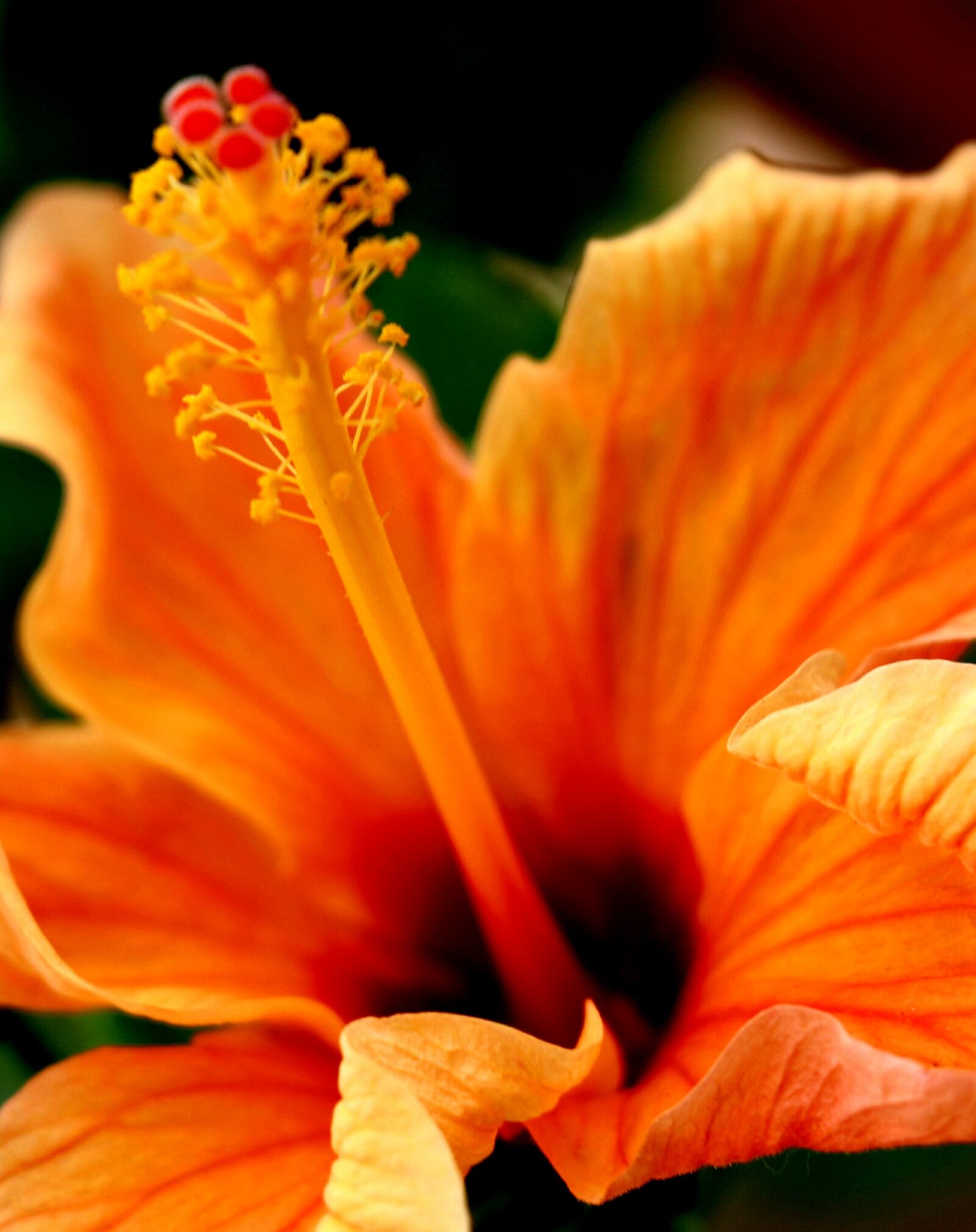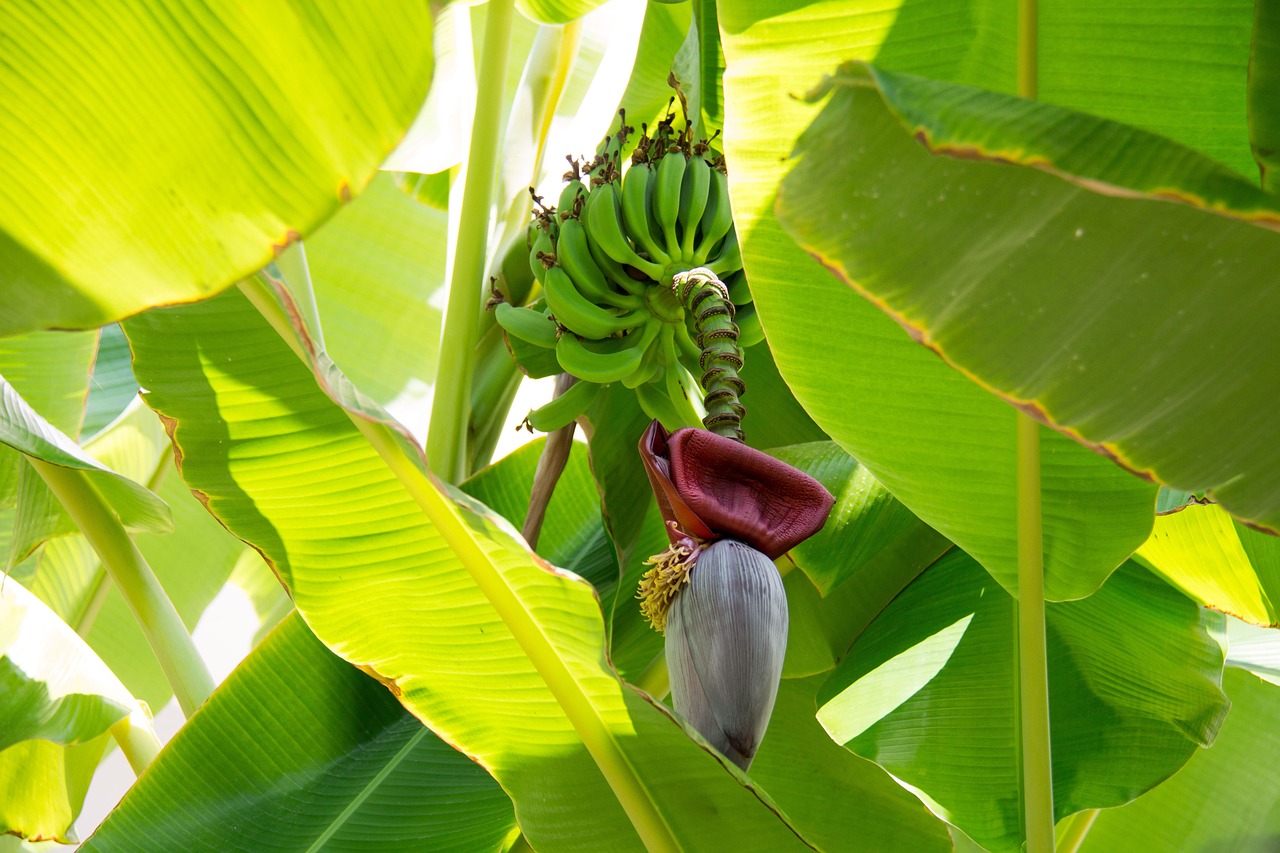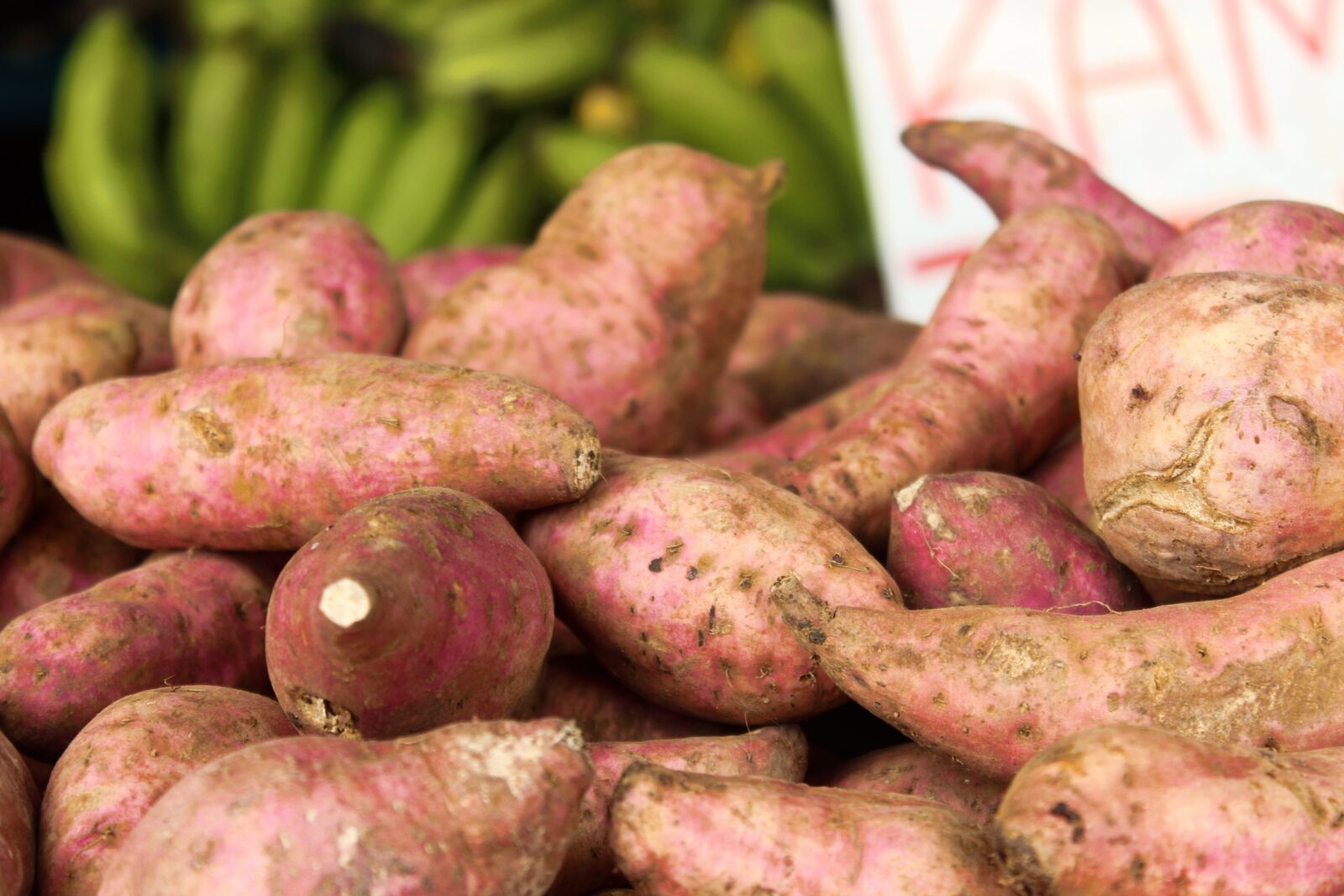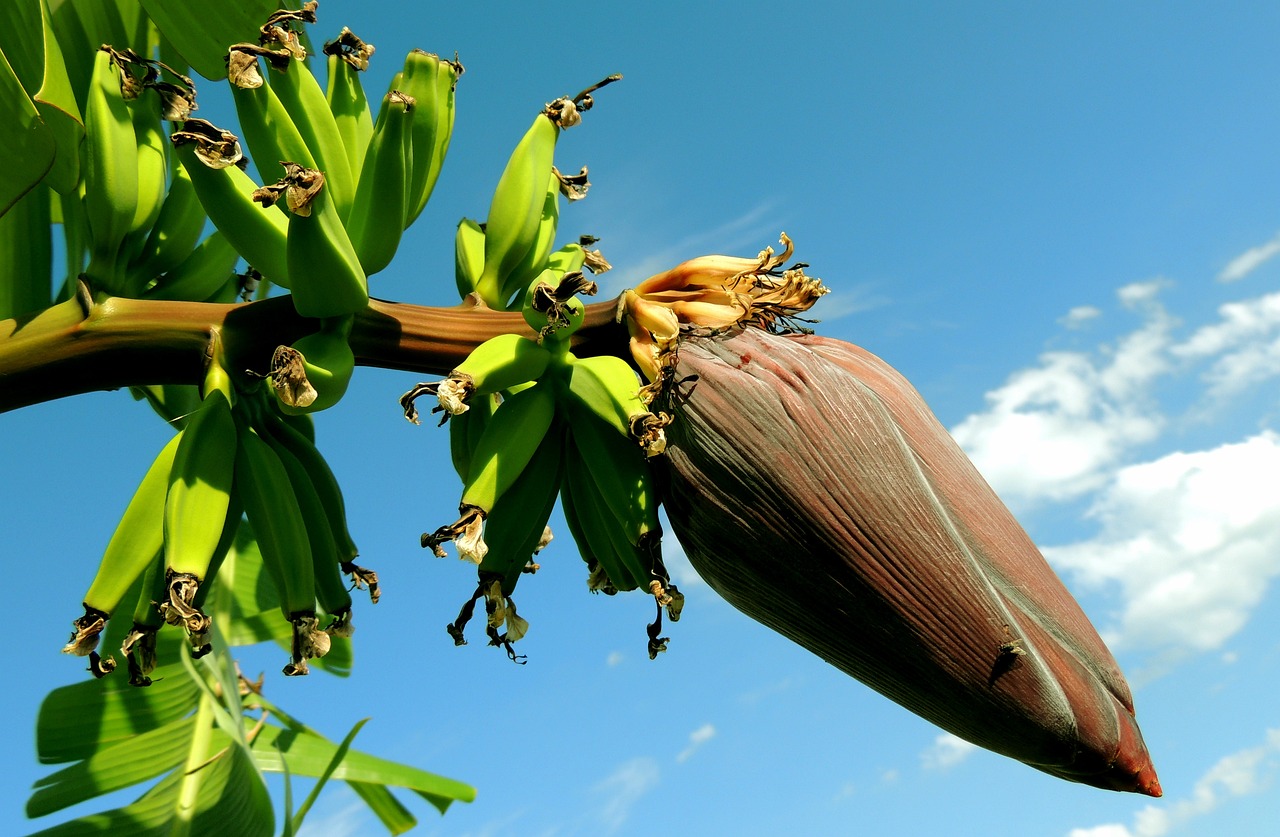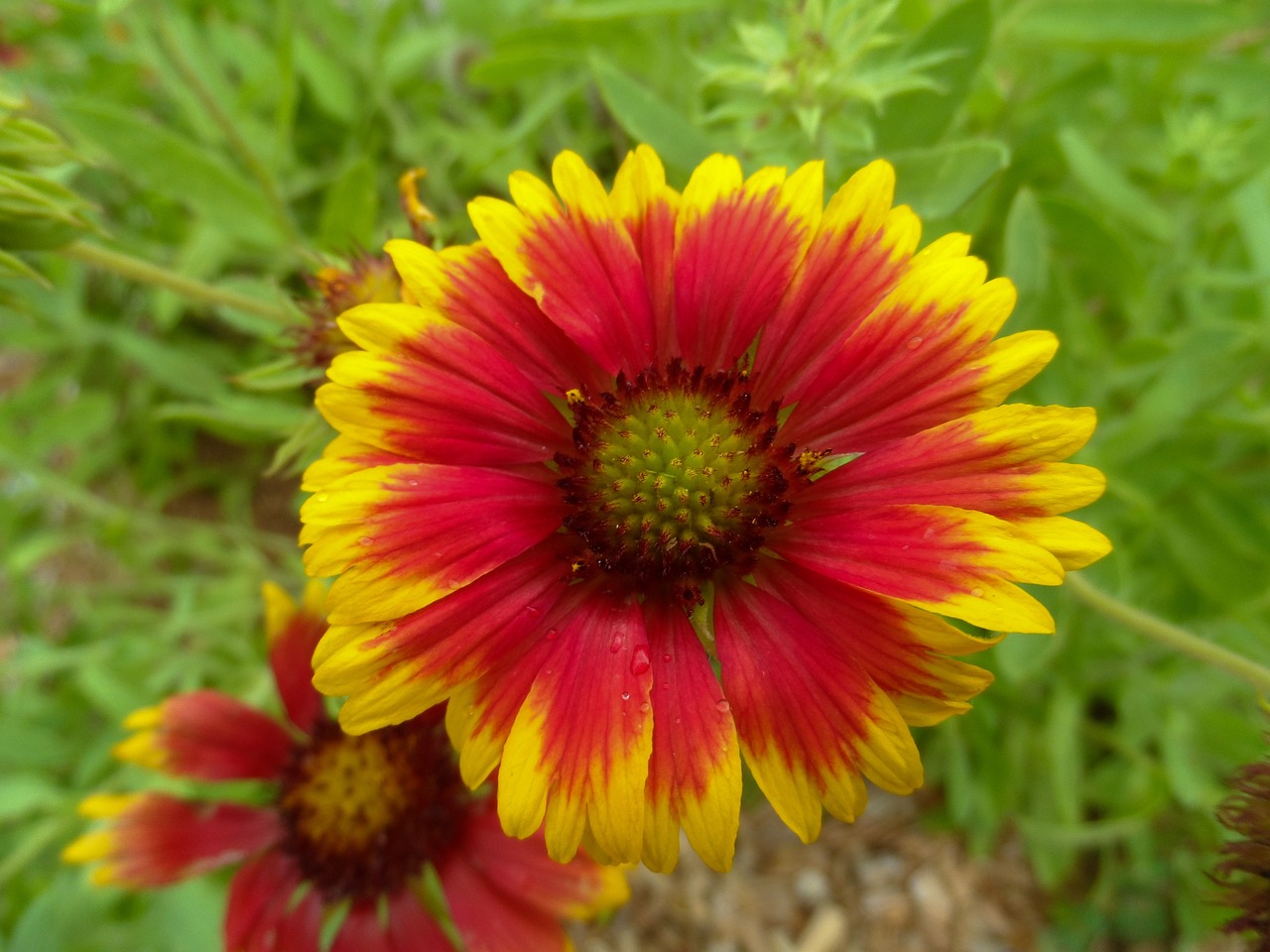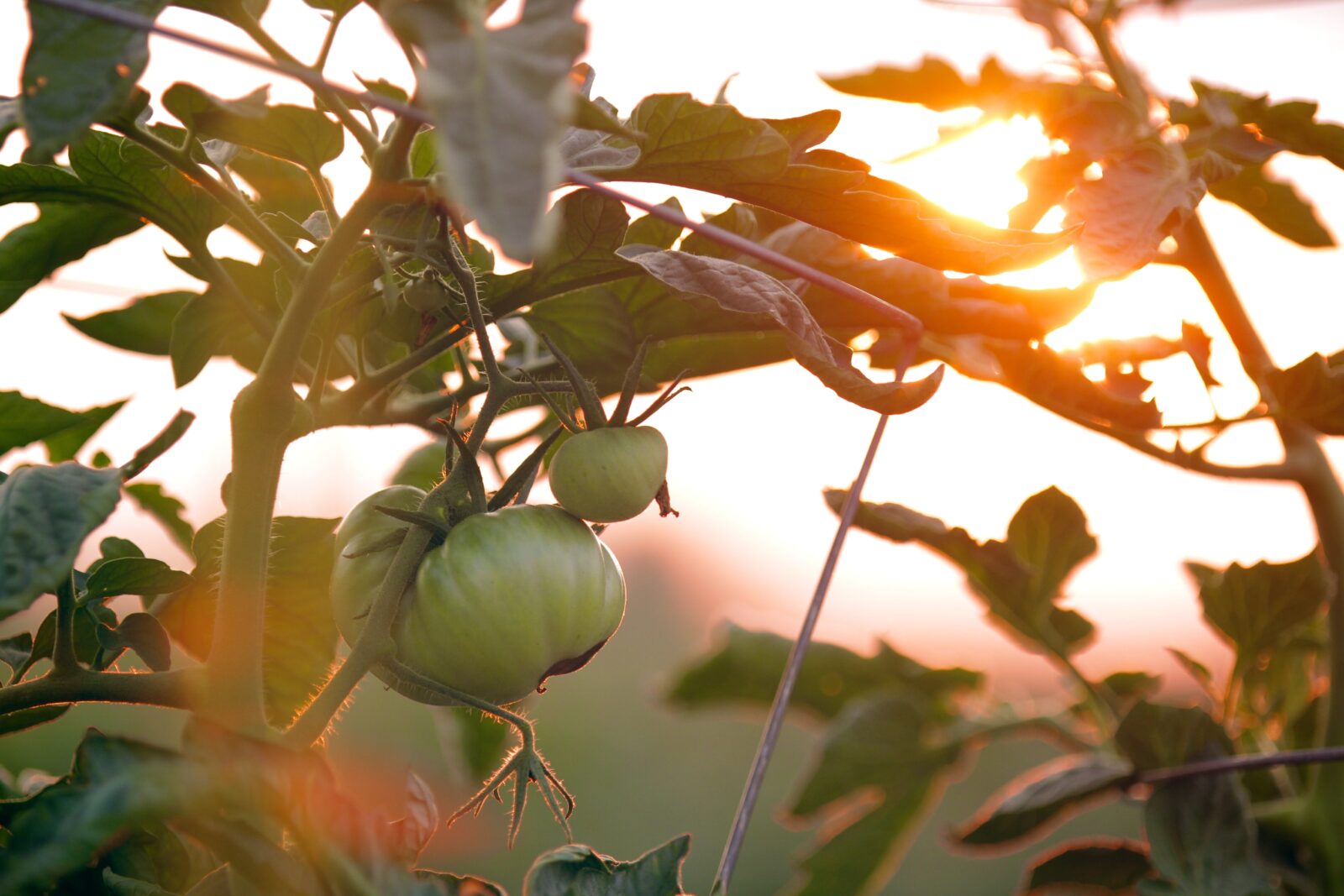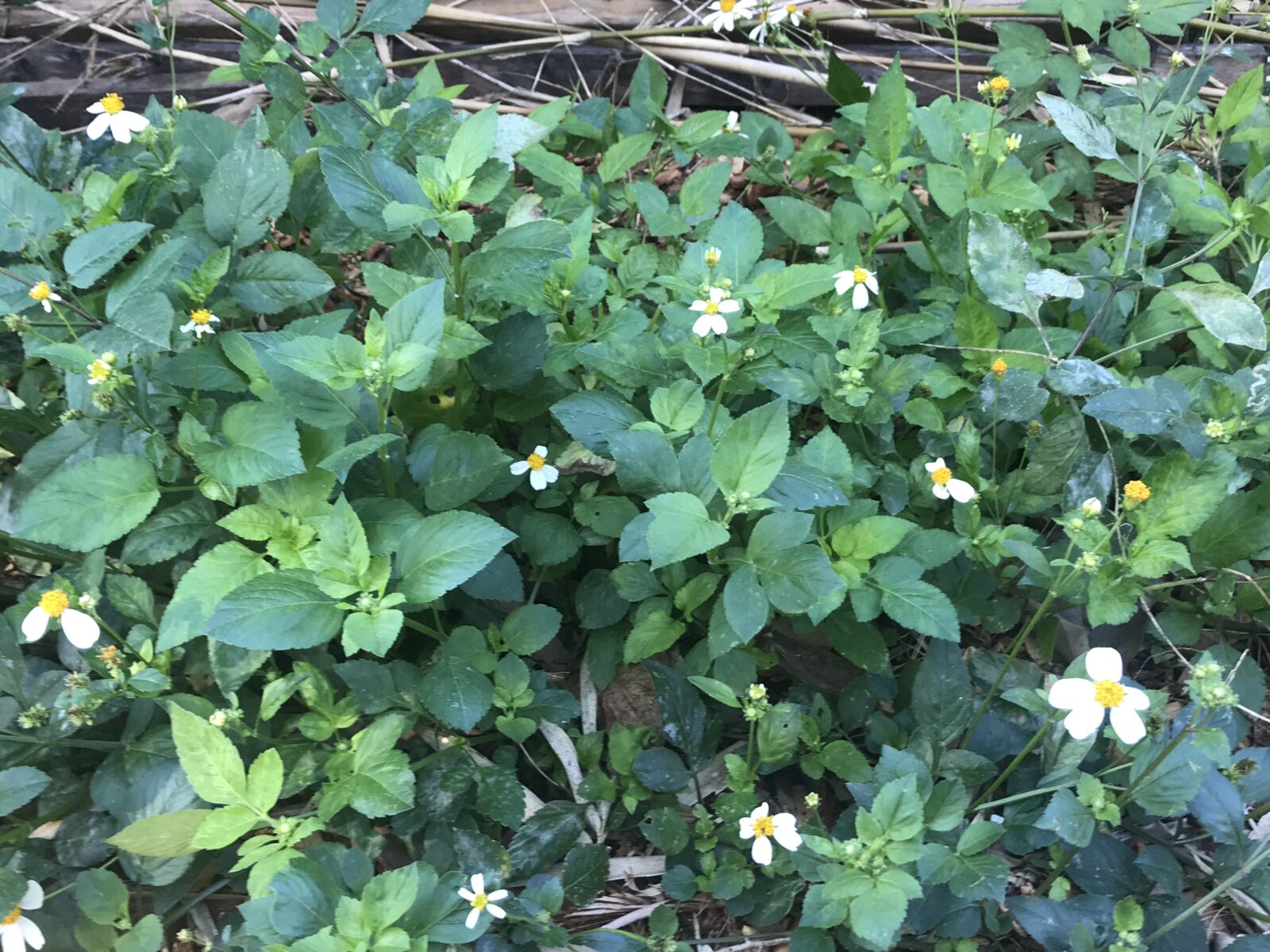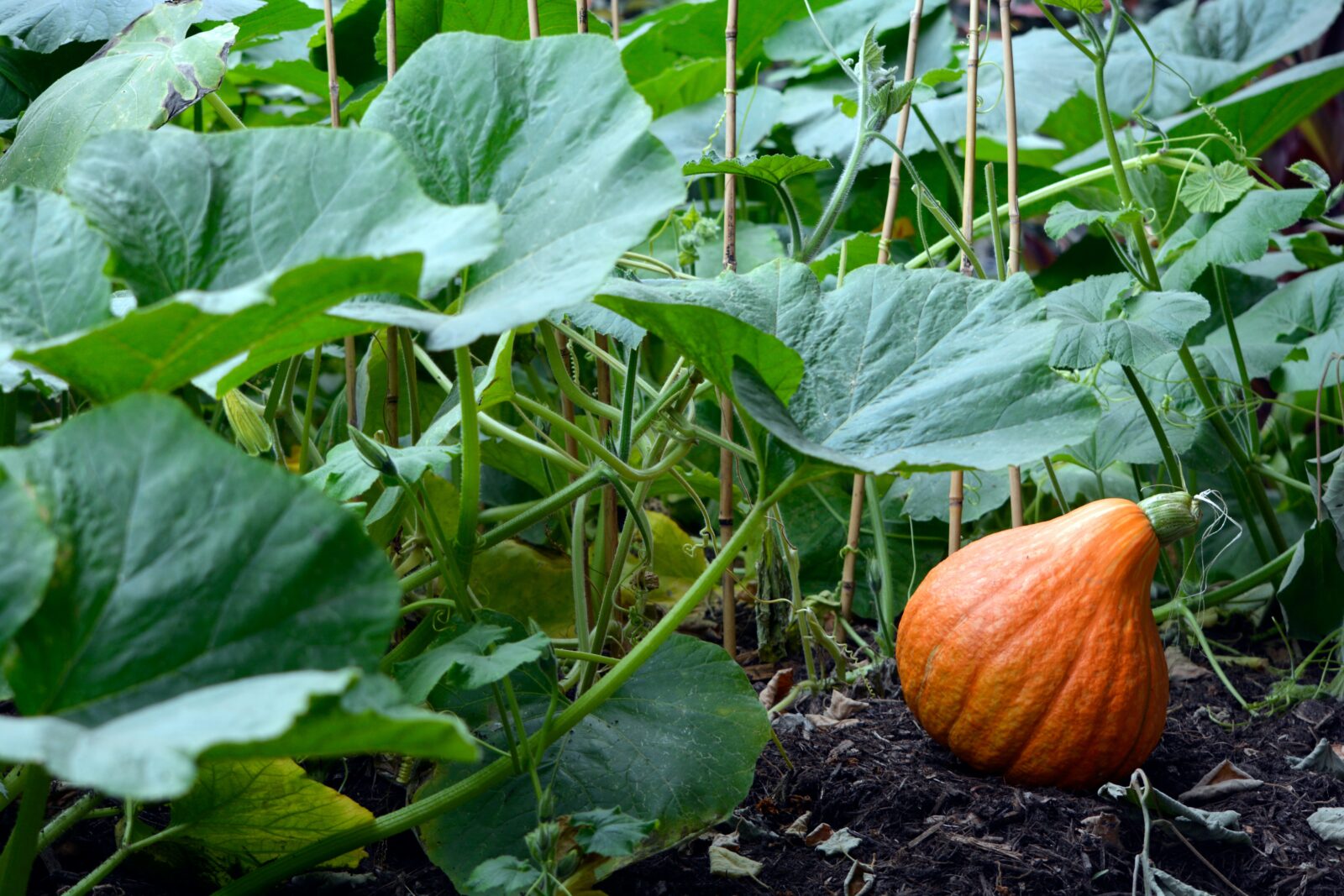Tropical Hibiscus has to be the Hail Mary throw for any Florida gardener. These beautiful flowering shrubs are so easy…
If you’re a Florida gardener dreaming of growing your own tropical fruit paradise, look no further than the magnificent banana…
I have to admit it — I have an embarrassingly gullible sweet tooth. Always have had. So, when I first…
It’s been a cold winter and a dry spring, but now it’s June and the summer garden in Central Florida…
It’s Valentine’s Day, and that means flowers. Lots and lots of flowers. If you’d prefer to grow your own, the…
One of the reasons we can grow year-round in Florida is because most of the state sits on the border…
There’s a lot of controversy floating around about the quality of chicken feed right now. Is it tainted? Maybe it’s…
Most Florida gardeners are starting to plan our fall gardens right about now. Even if it’s still way too hot…
